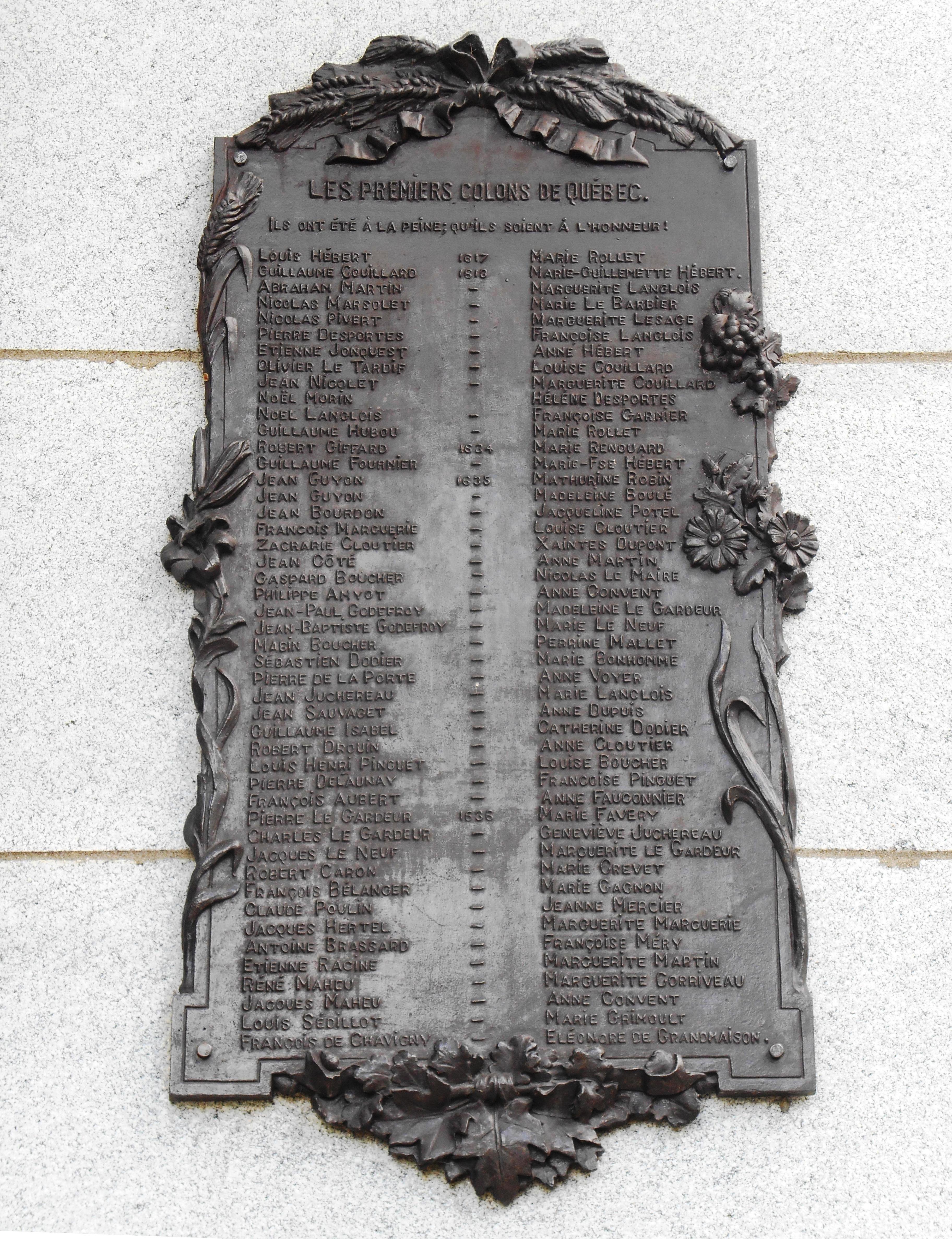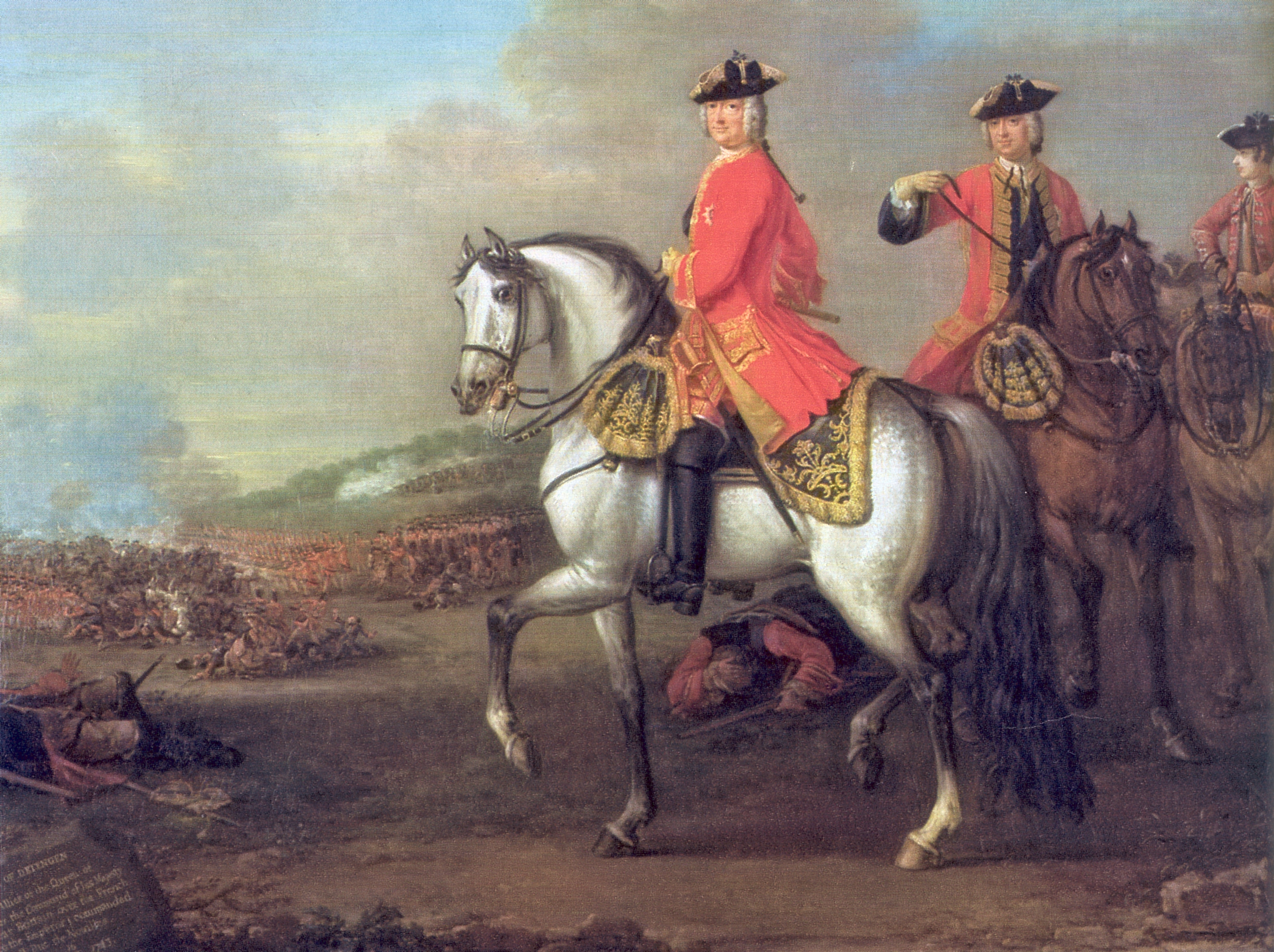|
Sainte-Pétronille
Sainte-Pétronille () is a village municipality in the L'Île-d'Orléans Regional County Municipality in the Capitale-Nationale region of Quebec, Canada. It is situated on the south-western tip of Orléans Island, facing Quebec City. Former notable residents include the Boswell family, who owned the Boswell Brewery in Quebec City from 1843 to 1952, and painter Horatio Walker, whose workshop remains. History In 1651, Jesuit missionaries came to the island and established a mission for Huron Indians who were displaced by attacking Iroquois. In 1759, General James Wolfe installed his headquarters there to monitor Quebec City and the two river channels of the Saint Lawrence River. After his victory at the Battle of the Plains of Abraham, the area became inhabited by well-to-do English colonists who were attracted by its romantic landscapes and its renowned microclimate. Consequently the cottage-style houses and garden landscaping gave the place a decidedly English character. Since ... [...More Info...] [...Related Items...] OR: [Wikipedia] [Google] [Baidu] |
Île D'Orléans
Île d'Orléans (; ) is an island located in the Saint Lawrence River about east of downtown Quebec City, Quebec, Canada. It was one of the first parts of the province to be colonized by the French, and a large percentage of French Canadians can trace ancestry to early residents of the island. The island has been described as the "microcosm of traditional Quebec and as the birthplace of francophones in North America." It has about 7,000 inhabitants, spread over six villages. The island is accessible from the mainland via the Île d'Orléans Bridge from Beauport, Quebec, Beauport. Quebec Route 368, Route 368 is the sole provincial route on the island, which crosses the bridge and circles the perimeter of the island. At the village of Sainte-Pétronille, Quebec, Sainte-Pétronille toward the western end of the island, a viewpoint overlooks the impressive ''Chute Montmorency'' (Montmorency Falls), as well as a panorama of the St. Lawrence River and Quebec City. Geography The I ... [...More Info...] [...Related Items...] OR: [Wikipedia] [Google] [Baidu] |
Saint-Pierre-de-l'Île-d'Orléans
Saint-Pierre-de-l'Île-d'Orléans (, ) is a municipality in the Capitale-Nationale region of Quebec, Canada, part of the L'Île-d'Orléans Regional County Municipality. It is situated on the west side of Île d'Orléans, Orléans Island, and accessible by Quebec Route 368 and the Île d'Orléans Bridge which connects Saint-Pierre with the Beauport, Quebec City, Beauport borough of Quebec City. Until 1997, it was known simply as Saint-Pierre. The Quebec poet and songwriter Félix Leclerc (1914-1988) is buried in this town, having lived there from 1958 to his death. Geography Saint-Pierre-de-l'Île-d'Orléans is located on the west side of Île d'Orléans, Orléans Island, downstream from Quebec City, in the estuary of the St. Lawrence River. Since the northern slope of the island is conducive to the cultivation of grapes, apples and berries, several agri-food companies are located there, including vineyards, orchards and cider factories, a blackcurrant liqueur factory, pick-your- ... [...More Info...] [...Related Items...] OR: [Wikipedia] [Google] [Baidu] |
Horatio Walker
Horatio Walker LL.D. (May 12, 1858 – September 27, 1938) was a Canadians, Canadian painter. He worked in Oil painting, oils and watercolour painting, watercolours, often depicting scenes of rural life in Canada. He was influenced by the Barbizon school. Life and work Early life Walker was born in 1858 to parents Thomas and Jeanne Maurice Walker. Thomas Walker emigrated in 1856 from Yorkshire, England, to Listowel, Ontario, Listowel, Canada West with his wife of French and English heritage. Thomas purchased land for lumber in the western area of the United Province of Canada and Horatio was raised in relative comfort. His interest in art may originate from his father who crafted small figures as a hobby, and both his father and the local school teacher encouraged drawing as a pastime.Farr, 11. In 1870, on Walker's 12th birthday, his father brought him to Quebec City, Quebec, for the first time. His father made occasional business trips to the city as part of his timb ... [...More Info...] [...Related Items...] OR: [Wikipedia] [Google] [Baidu] |
List Of G Postal Codes Of Canada
__NOTOC__ This is a list of postal codes in Canada where the first letter is G. Postal codes beginning with G are located within the Canadian province of Quebec. Only the first three characters are listed, corresponding to the Canadian postal code#Forward sortation areas, Forward Sortation Area (FSA). Canada Post provides a free postal code look-up tool on its website, via its mobile apps for such smartphones as the iPhone and BlackBerry, and sells hard-copy directories and CD-ROMs. Many vendors also sell validation tools, which allow customers to properly match addresses and postal codes. Hard-copy directories can also be consulted in all post offices, and some libraries. Eastern Quebec There are currently 140 FSAs in this list. Urban Rural References {{Canadian postal codes Communications in Quebec Quebec-related lists, Postal codes G Postal codes in Canada, G ... [...More Info...] [...Related Items...] OR: [Wikipedia] [Google] [Baidu] |
Charlevoix–Côte-de-Beaupré (provincial Electoral District)
Charlevoix–Côte-de-Beaupré () is a provincial electoral district in the Capitale-Nationale region of Quebec, Canada Canada is a country in North America. Its Provinces and territories of Canada, ten provinces and three territories extend from the Atlantic Ocean to the Pacific Ocean and northward into the Arctic Ocean, making it the world's List of coun ..., that elects members to the National Assembly of Quebec. It consists of the entire territory of the following regional county municipalities: L'Île-d'Orléans, La Côte-de-Beaupré, Charlevoix, Charlevoix-Est. It notably includes the municipalities of La Malbaie, Boischatel, Baie-Saint-Paul, L'Ange-Gardien, Château-Richer, Beaupré, Saint-Ferréol-les-Neiges and Clermont. It was created for the 2012 election by combining the entire former Charlevoix electoral district with most of the territory (though not most of the population) of the Montmorency electoral district, along with the part of th ... [...More Info...] [...Related Items...] OR: [Wikipedia] [Google] [Baidu] |
L'Île-d'Orléans Regional County Municipality
L'Île-d'Orléans () is a regional county municipality in central Quebec, Canada, in the Capitale-Nationale region. Its seat is Sainte-Famille-de-l'Île-d'Orléans. The population in the 2016 census was 7,082 people. The RCM consists solely of the Île d'Orléans, an island in the Saint Lawrence River just east of Quebec City. It is the smallest RCM in Quebec in terms of land area (though not in total area including water). Subdivisions There are 6 subdivisions within the RCM: ;Municipalities (5) * Sainte-Famille-de-l'Île-d'Orléans * Saint-François-de-l'Île-d'Orléans * Saint-Jean-de-l'Île-d'Orléans * Saint-Laurent-de-l'Île-d'Orléans * Saint-Pierre-de-l'Île-d'Orléans ;Villages (1) * Sainte-Pétronille Demographics Population Language Transportation Access Routes Highways and numbered routes that run through the municipality, including external routes that start or finish at the county border: * Autoroutes ** None * Principal Highways ** None * ... [...More Info...] [...Related Items...] OR: [Wikipedia] [Google] [Baidu] |
Area Codes 418 And 581
Area codes 418, 581, and 367 are telephone area codes in the North American Numbering Plan (NANP) for the eastern portion of the Canadian province of Quebec. Area code 418 was originally assigned to the numbering plan area, but all three area codes now form an overlay plan for this territory. Cities in the numbering plan area include Quebec City, Saguenay, Lévis, Rimouski, Saint-Georges, Alma, Thetford Mines, Sept-Îles, Baie-Comeau and Rivière-du-Loup. Also served are the Gaspé Peninsula, Côte-Nord, southeastern Mauricie, and the tiny hamlet of Estcourt Station, in the U.S. state of Maine. History Ontario and Quebec were the only provinces that received assignments of multiple area codes by the American Telephone and Telegraph Company (AT&T) when the original North American area codes were created in 1947. The eastern part of Quebec received area code 418, while area code 514 was assigned for the western part. Nominally, northwestern Quebec, one of the few a ... [...More Info...] [...Related Items...] OR: [Wikipedia] [Google] [Baidu] |
Quebec City
Quebec City is the capital city of the Provinces and territories of Canada, Canadian province of Quebec. As of July 2021, the city had a population of 549,459, and the Census Metropolitan Area (including surrounding communities) had a population of 839,311. It is the twelfthList of the largest municipalities in Canada by population, -largest city and the seventh-List of census metropolitan areas and agglomerations in Canada, largest metropolitan area in Canada. It is also the List of towns in Quebec, second-largest city in the province, after Montreal. It has a humid continental climate with warm summers coupled with cold and snowy winters. Explorer Samuel de Champlain founded a French settlement here in 1608, and adopted the Algonquin name. Quebec City is one of the List of North American cities by year of foundation, oldest European settlements in North America. The Ramparts of Quebec City, ramparts surrounding Old Quebec () are the only fortified city walls remaining in the ... [...More Info...] [...Related Items...] OR: [Wikipedia] [Google] [Baidu] |
James Wolfe
Major-general James Wolfe (2 January 1727 – 13 September 1759) was a British Army officer known for his training reforms and, as a major general, remembered chiefly for his victory in 1759 over the French at the Battle of the Plains of Abraham in Quebec. The son of a distinguished general, Edward Wolfe, he received his first commission at a young age and saw extensive service in Europe during the War of the Austrian Succession. His service in Flanders and in Scotland, where he took part in the suppression of the Jacobite Rebellion, brought him to the attention of his superiors. The advancement of his career was halted by the Peace Treaty of 1748 and he spent much of the next eight years on garrison duty in the Scottish Highlands. Already a brigade major at the age of 18, he was a lieutenant-colonel by 23. The outbreak of the Seven Years' War in 1756 offered Wolfe fresh opportunities for advancement. His part in the aborted raid on Rochefort in 1757 led William Pitt ... [...More Info...] [...Related Items...] OR: [Wikipedia] [Google] [Baidu] |
Wyandot People
The Wyandot people (also Wyandotte, Wendat, Waⁿdát, or Huron) are an Indigenous people of the Northeastern Woodlands of the present-day United States and Canada. Their Wyandot language belongs to the Iroquoian languages, Iroquoian language family. In Canada, the Huron-Wendat Nation has two First Nations in Canada, First Nations Indian reserve, reserves at Wendake, Quebec. In the United States, the Wyandotte Nation is a federally recognized tribe headquartered in Wyandotte, Oklahoma. There are also List of organizations that self-identify as Native American tribes, organizations that self-identify as Wyandot. The Wendat emerged as a confederacy of five nations in the St. Lawrence River Valley, especially in Southern Ontario, including the north shore of Lake Ontario. Their original homeland extended to the Georgian Bay of Lake Huron and Lake Simcoe in Ontario, Canada and occupied territory around the western part of the lake. The Wyandotte Nation (the U.S. Tribe) descends f ... [...More Info...] [...Related Items...] OR: [Wikipedia] [Google] [Baidu] |
Iroquois
The Iroquois ( ), also known as the Five Nations, and later as the Six Nations from 1722 onwards; alternatively referred to by the Endonym and exonym, endonym Haudenosaunee ( ; ) are an Iroquoian languages, Iroquoian-speaking Confederation#Indigenous confederations in North America, confederacy of Native Americans in the United States, Native Americans and First Nations in Canada, First Nations peoples in northeast North America. They were known by the French during the Colonial history of the United States, colonial years as the Iroquois League, and later as the Iroquois Confederacy, while the English simply called them the "Five Nations". Their country has been called wikt:Iroquoia, Iroquoia and Haudenosauneega in English, and '':fr:Iroquoisie, Iroquoisie'' in French. The peoples of the Iroquois included (from east to west) the Mohawk people, Mohawk, Oneida people, Oneida, Onondaga people, Onondaga, Cayuga people, Cayuga, and Seneca people, Seneca. After 1722, the Iroquoian-sp ... [...More Info...] [...Related Items...] OR: [Wikipedia] [Google] [Baidu] |



